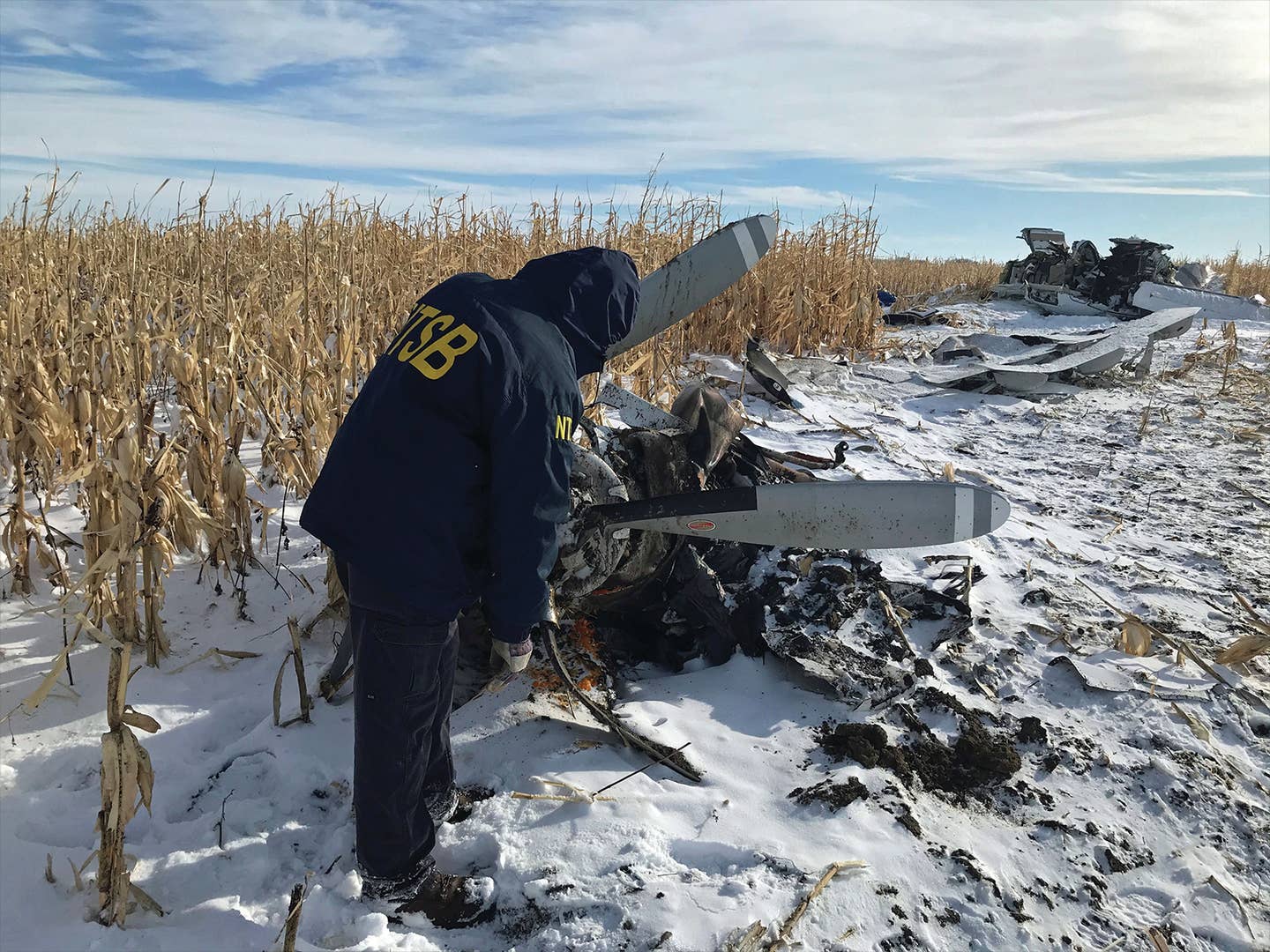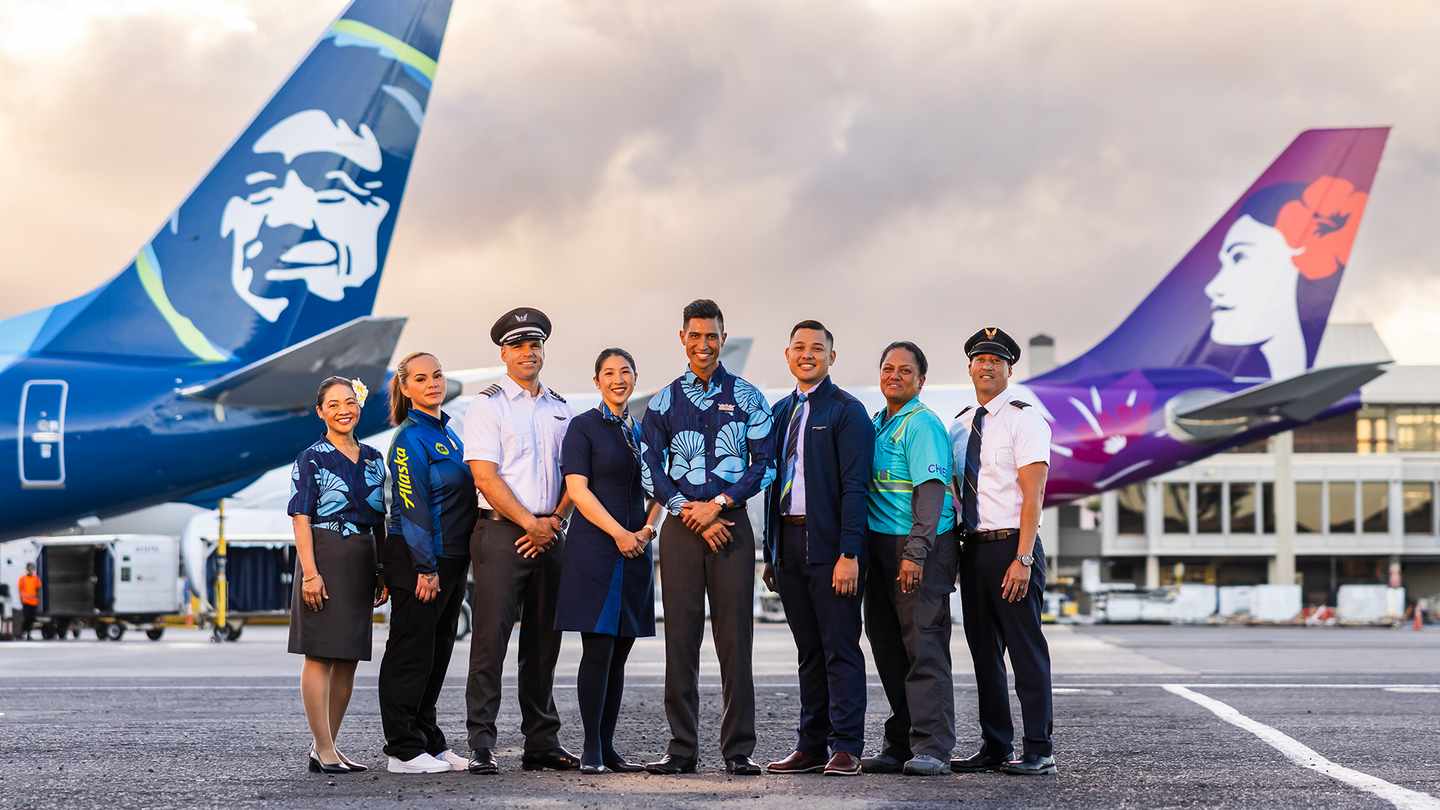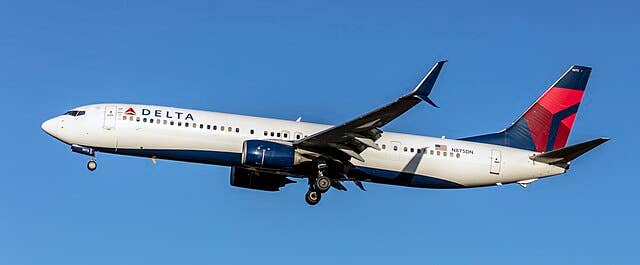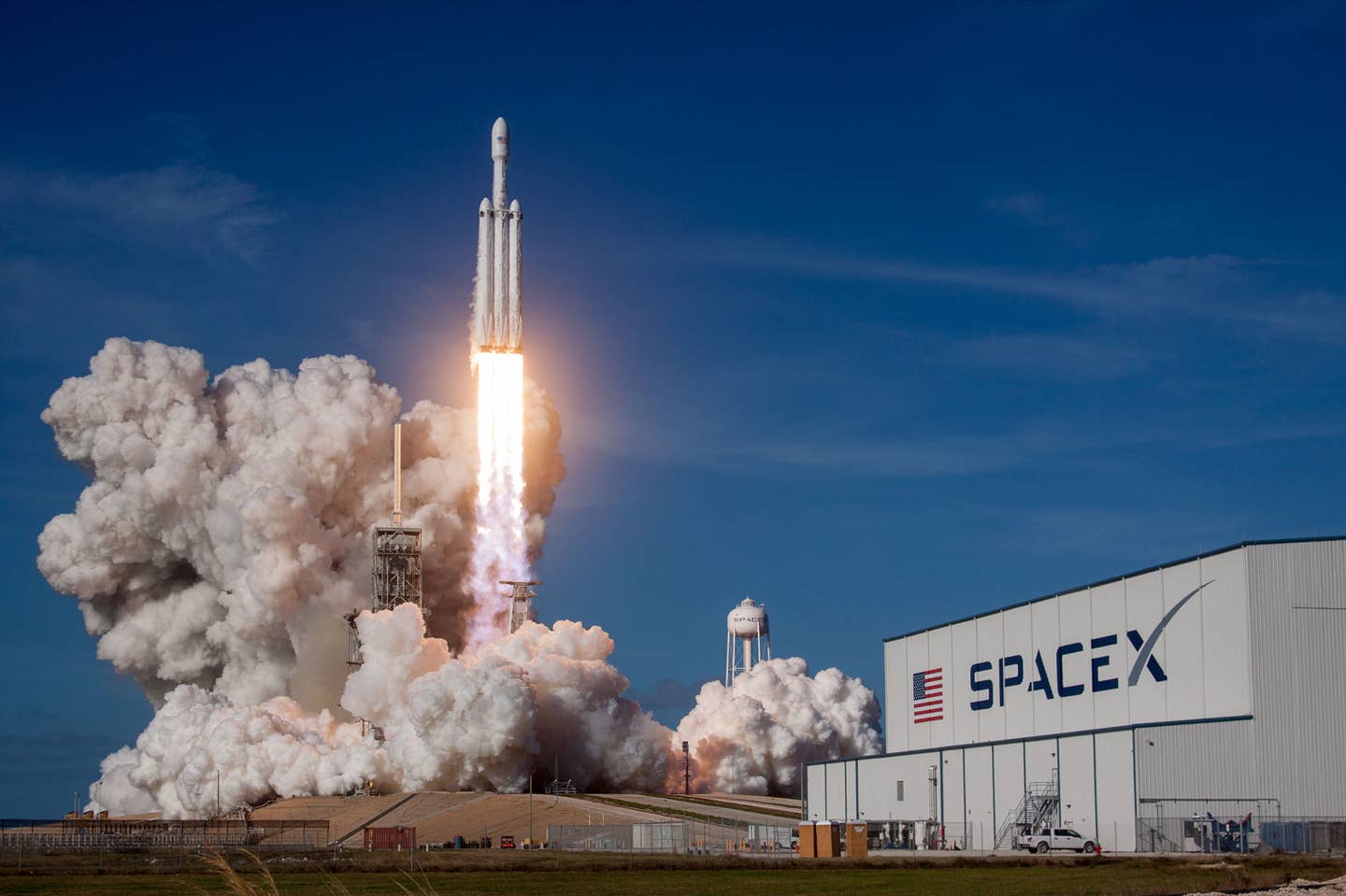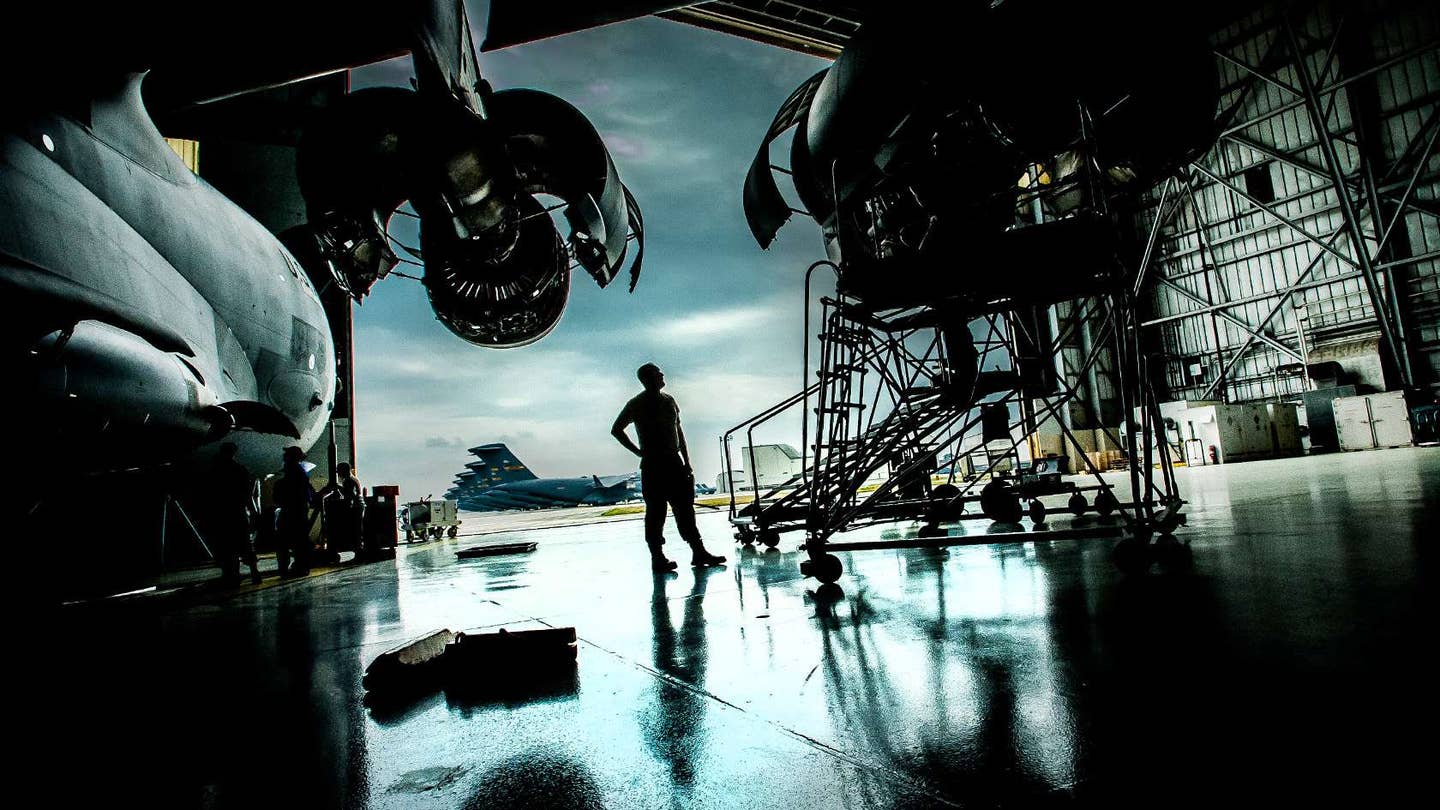NASA Preps For X-59 With Shockwave Photo Equipment Upgrade
In preparation for the first flight of its Quiet SuperSonic Technology (QueSST) research aircraft, NASA is testing upgraded camera technology designed to capture better images of shockwaves created by supersonic…
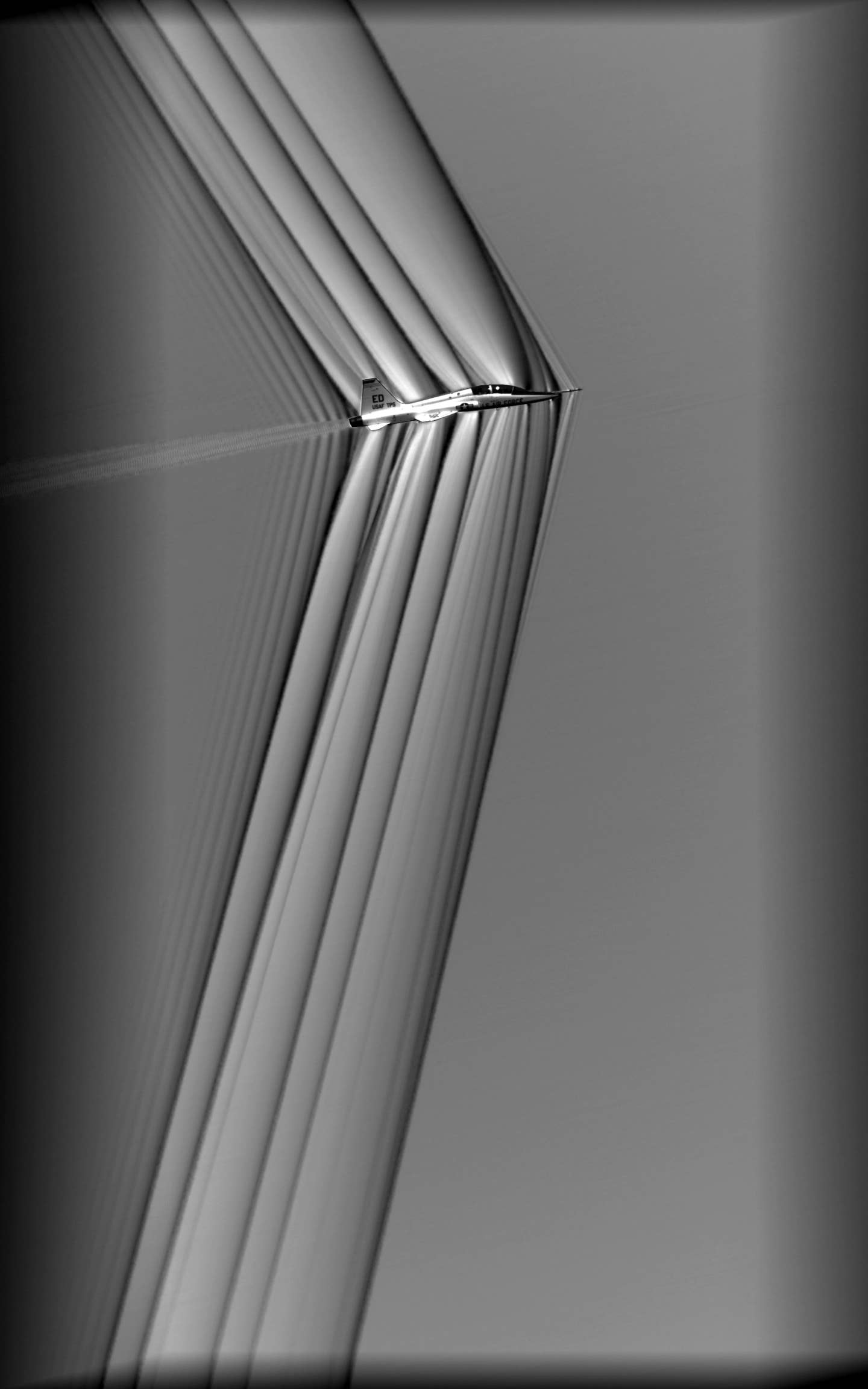
Image: NASA
In preparation for the first flight of its Quiet SuperSonic Technology (QueSST) research aircraft, NASA is testing upgraded camera technology designed to capture better images of shockwaves created by supersonic aircraft. In addition to the updated equipment, the agency noted that it is also continuing to refine its use of Schlieren photography, a process that captures density gradients in fluids. Additional flights to test the new camera are slated for late winter or early spring 2023 with the goal of studying image clarity by photographing an aircraft traveling at supersonic speeds from a plane 10,000 feet away.
“We want to be able to have a proven system to be able to image the shockwaves of the X-59,” said Ed Haering, principal investigator for Schlieren photography at NASA Armstrong. “That way we can have proof of the shockwave distribution around the X-59 that hopefully will result in the quiet thump on the ground.”
Expected to fly for the first time in 2023, the X-59 will be capable of reaching a top speed of Mach 1.4 and altitudes of up to 55,000 feet. The QueSST mission aims to use the aircraft to test and demonstrate technology that “reduces sonic booms to gentle thumps.” NASA says it plans to deliver data from the QueSST demonstration flights to “U.S. and international regulators so that they may reconsider regulations prohibiting commercial supersonic flight over land.”

